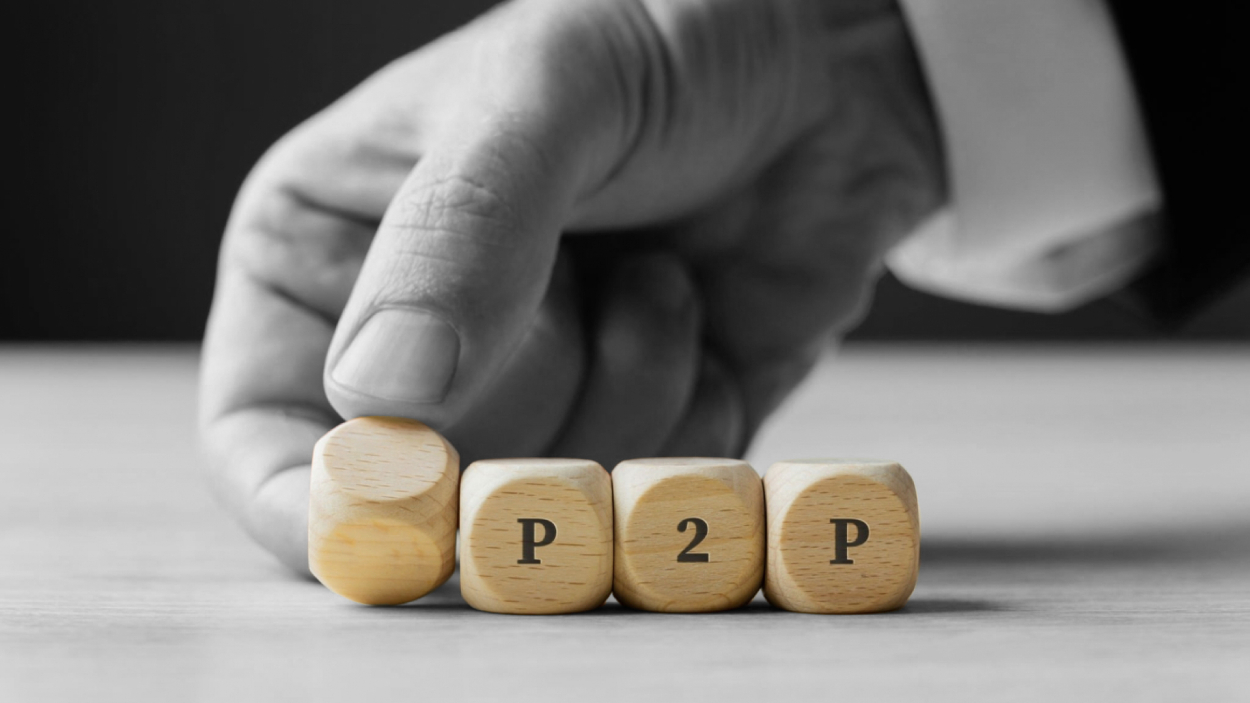Peer-to-peer lending, also known as P2P lending, is an online platform that allows one person to borrow money from another, removing the need for an intermediary. A peer-to-peer lending platform connects lenders and borrowers directly. It connects borrowers looking for unsecured personal loans with investors looking to lend their money in order to earn a higher (RoI) return on investment. Such a platform provides investors with an exclusive list of verified borrowers from which they can select the borrower.
What is P2P lending?
Individual investors can lend money to individuals and businesses through peer-to-peer lending, which eliminates the need for a bank or financial institution. Because of the benefits it provides to both the borrower and the investor, peer-to-peer lending has become a popular alternative form of lending.
P2P lending is frequently a good option for borrowers who are not being serviced by banks. Banks do not serve a lot of people due to their focus on a particular city, geography or loan amount. It enables them to obtain the necessary financing without resorting to predatory payday lenders.
P2P lending is also an excellent option for business owners seeking a loan. The process is much faster than applying through a bank, and you could have the funds in your account within a week of approval.
What is the difference between crowdfunding and peer-to-peer lending?
Peer-to-peer lending (also known as debt-based crowdfunding) is a type of crowdfunding that accounts for more than 80% of the money facilitated in crowdfunding each year in most of the world. It differs from other types of crowdfunding, such as donation- or reward-based crowdfunding, in that it is entirely based on loans between people, as opposed to donations or products as rewards.
How to become an investor in P2P marketplace?
Step 1: After you’ve decided on a P2P platform, the first thing you should do is sign up for it. To create a login ID, you will need to enter basic information and provide self-attested copies of your PAN and address proof.
Step 2: After signing up, you must create an investor account in order to begin a financial transaction. Please check whether the platform has any registration fees.
Step 3: Once verified, your investor profile, along with your investment preferences, will be listed on the P2P platform. First come, first served is how offers are accepted.
Step 4: The P2P lending platform has done due diligence of the borrower and listed them in the marketplace for investors to fund. The P2P platform will display the loan amount, Interest rate and tenure of the loan along with other key details.
Step 5: Loan disbursement begins after the borrower has completed eNACH and KYC. eNACH is an electronic repayment mechanism introduced by NPCI & RBI.
Step 6: Disbursements and loan repayment are both handled through an escrow account. The lender must fund his Escrow account with the amount he wishes to invest in advance. According to RBI guidelines, a P2P platform must have at least two escrow accounts for fund transfers, which must be operated by a trustee promoted by the bank that keeps these accounts.
Step 7: Following loan disbursement, the lender will receive EMIs on or before the 15th of each month. If a borrower fails to pay an EMI within the specified time frame, the P2P lending company will follow up on repayment.
You can reinvest the money to earn a higher return.
Conclusion
Peer-to-peer lending provides investors with the opportunity to earn competitive annual returns by investing in unsecured personal loans made to other consumers via networks such as Monexo.




